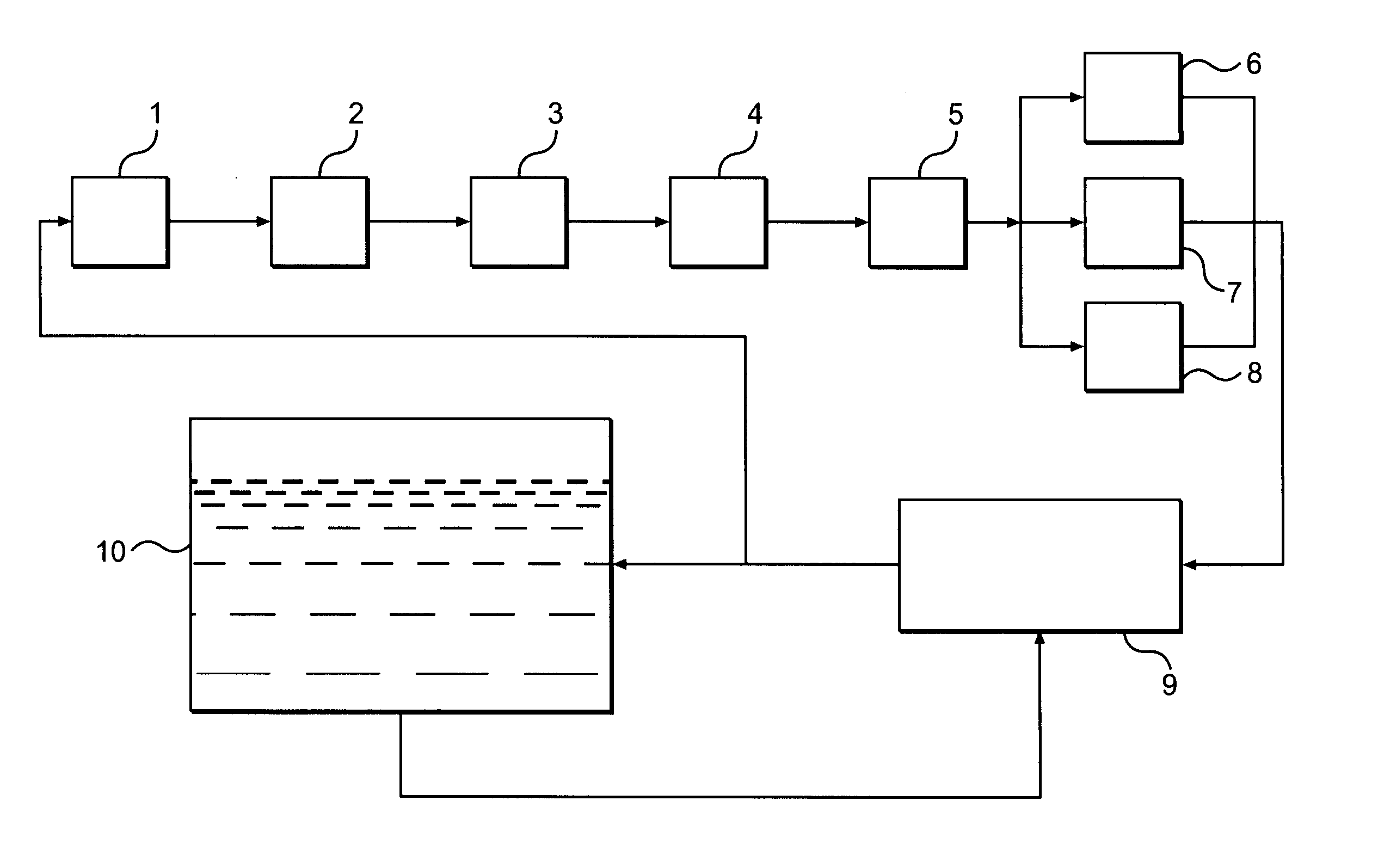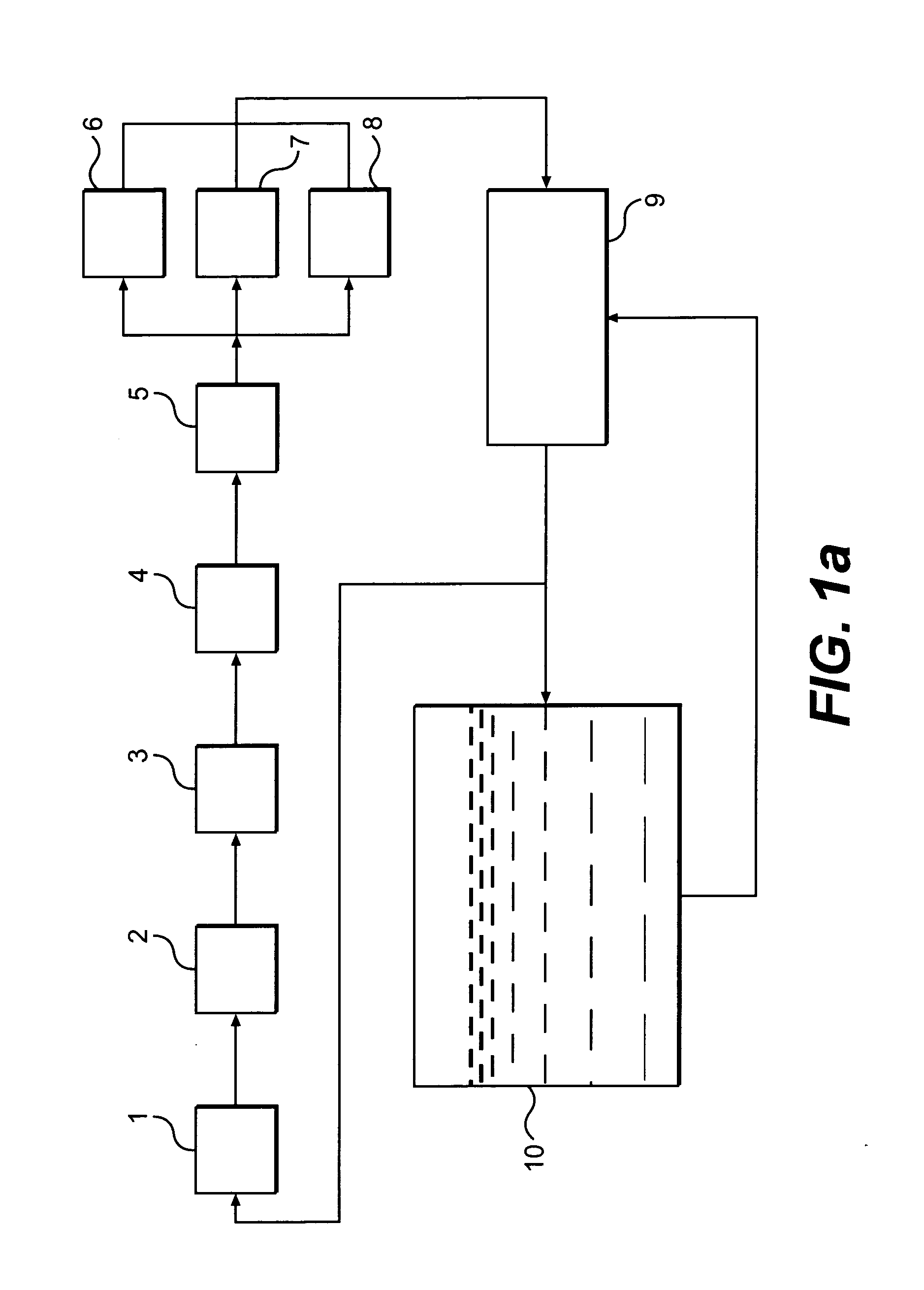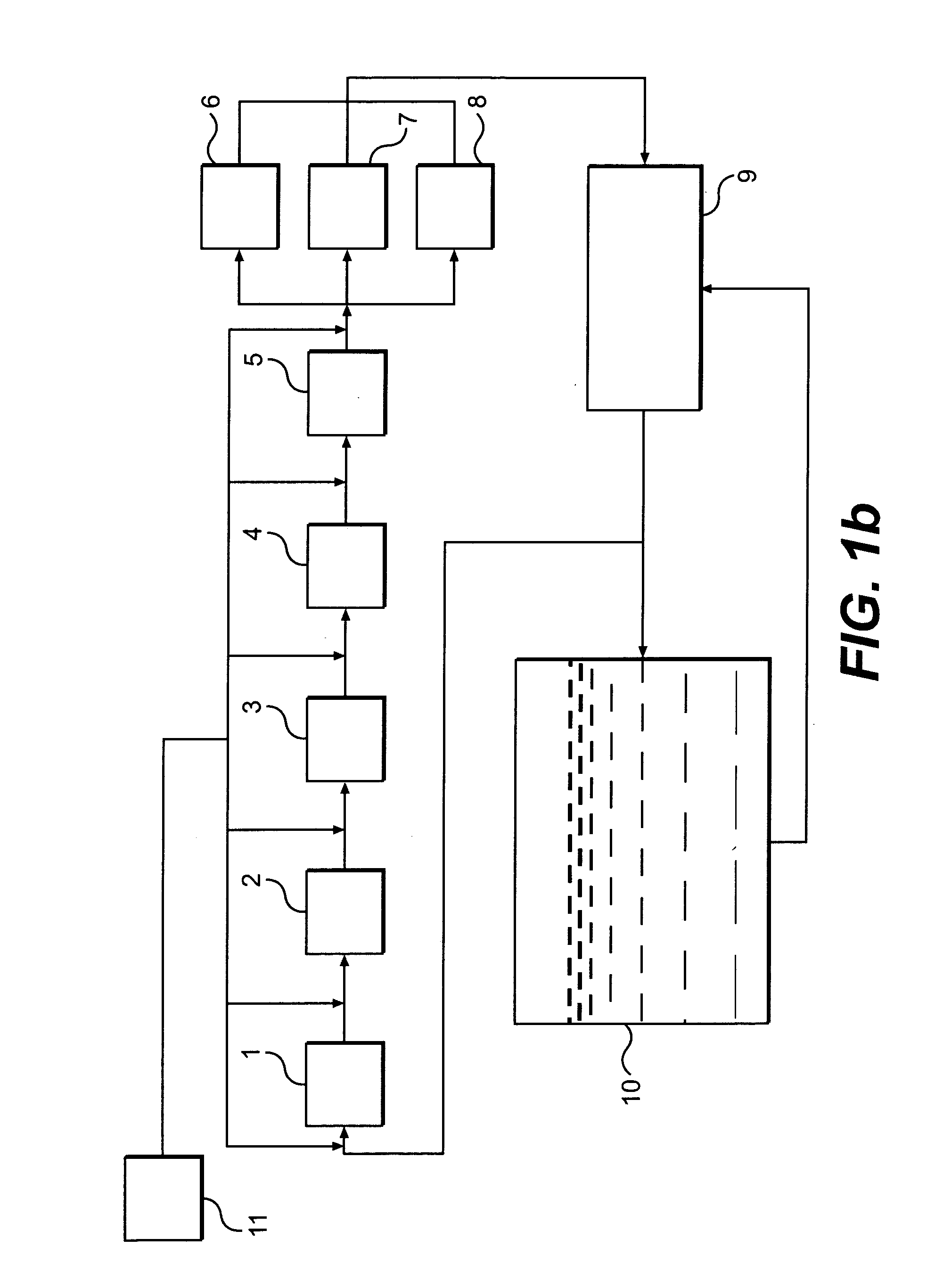Autotrofic sulfur denitration chamber and calcium reactor
a technology of aloe vera and calcium reactor, which is applied in the direction of filtration separation, other chemical processes, separation processes, etc., can solve the problems of increasing the nitrate pollution of water supplies worldwide, increasing the nitrate pollution of water supplies, and increasing the cost of water change, so as to improve the health and growth of bacteria in the system, improve the health and growth rate of animals, and minimize water loss.
- Summary
- Abstract
- Description
- Claims
- Application Information
AI Technical Summary
Benefits of technology
Problems solved by technology
Method used
Image
Examples
example
[0261] With respect to the flow rate of water through the system of the present invention, flow rates within the range of 5 to 7 gph were found to be workable for a denitration chamber made according to the embodiment shown in FIG. 14, for aquariums ranging in size from 250 to 500. Flow rates in the range of 3 to 5 gph were found to be acceptable for denitration chambers of that type where the aquariums being serviced are within the range of 50 to 500 gallons. When the system is originally placed on-line, a flow can be adjusted through the valve system. One way of adjusting the flow is to place a glass of a given volume at the outlet so that the flow can be measured and adjusted, until the desired flow rate is achieved. In addition, if the nitrate level is greater than desired, such as 5 ppm after the system has operated for 30-90 days, the flow rate can be adjusted at a higher level, to achieve the desired nitrate level.
[0262] The biological systems disclosed in this application c...
PUM
| Property | Measurement | Unit |
|---|---|---|
| angle | aaaaa | aaaaa |
| angle θt | aaaaa | aaaaa |
| angle θf | aaaaa | aaaaa |
Abstract
Description
Claims
Application Information
 Login to View More
Login to View More - R&D
- Intellectual Property
- Life Sciences
- Materials
- Tech Scout
- Unparalleled Data Quality
- Higher Quality Content
- 60% Fewer Hallucinations
Browse by: Latest US Patents, China's latest patents, Technical Efficacy Thesaurus, Application Domain, Technology Topic, Popular Technical Reports.
© 2025 PatSnap. All rights reserved.Legal|Privacy policy|Modern Slavery Act Transparency Statement|Sitemap|About US| Contact US: help@patsnap.com



